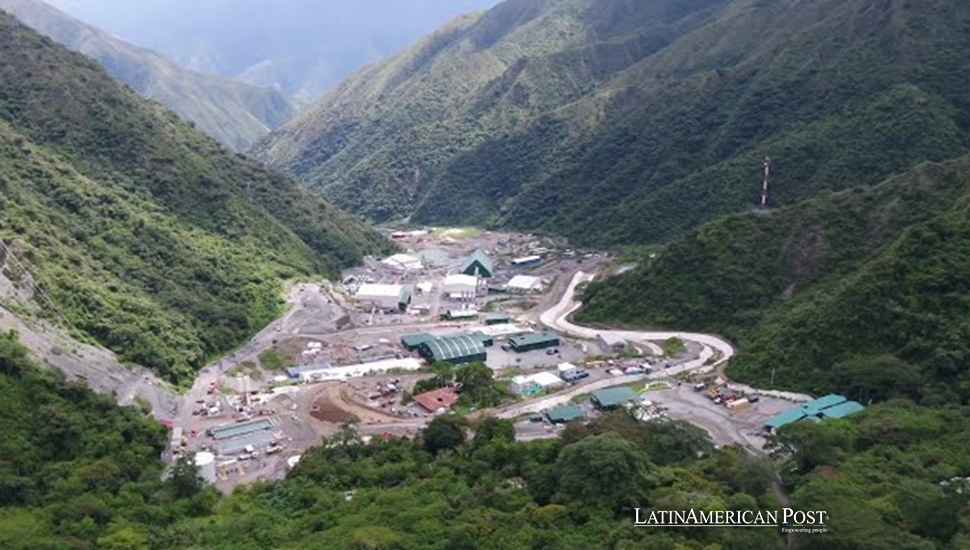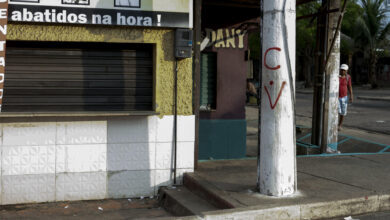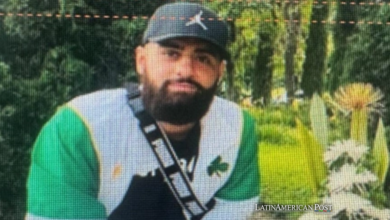How Colombia’s Gold Empire Became a Criminal Battlefield

A tough conflict is happening over Colombia’s wealthiest gold mine. Illegal miners, backed by armed gangs, fight against a big Chinese mining company. This fight shows how hard it is to protect natural treasures. Colombia faces economic gaps and violence.
The Perfect Heist: How Colombia’s Gold Is Stolen
In Buriticá, Colombia, an audacious gold theft operation continues to grow. According to The Wall Street Journal, illegal miners supported by the Gulf Clan militia have commandeered 30 miles of tunnels at the Zijin Mining Group’s facility, extracting an estimated 3.2 tons of gold in 2022 alone. Worth approximately $200 million, this stolen treasure accounts for nearly 38% of the mine’s production.
The operation is very massive. Illegal miners drill through walls and floors of nearby homes to access tunnels. They move closer to the company’s affluent sections. Around 2,000 miners work there. They work under callous conditions. They do this for big rewards. The payouts are often the same as an executive’s salary.
For its part, Zijin, a Chinese state-controlled company, has labeled the situation a war they are losing. “We’re battling trench warfare underground,” a security official told The Wall Street Journal. Explosives and AK-47s are commonplace in clashes that have already claimed the lives of several security personnel.
The Role of the Gulf Clan and Governmental Hurdles
The Gulf Clan is one of Colombia’s largest armed groups. It is essential in illegal mining. The group gives miners security and tools. They also offer basic needs like places to live, kitchens, and entertainment, including drugs and sex workers. The Gulf Clan gets a big part of the earnings from the miners.
Colombian authorities are cautious about getting involved. Vice Minister of Defense Daniela Gómez stated that the government cannot eliminate illegal miners without risking the safety of civilians. She also highlighted the judicial challenges of prosecuting trespassers, saying that even mass arrests often result in swift releases.
Zijin Mining has filed a $430 million lawsuit against the Colombian government at the World Bank’s International Center for Settlement of Investment Disputes. The company alleges that authorities fail to protect its concession, costing the government $100 million annually in lost taxes and royalties. However, Gómez countered that Zijin was aware of illegal mining activity when it acquired the site in 2020.
Economic Shifts and a Contested Future
The election of President Gustavo Petro in 2022 marked a turning point in Colombia’s approach to mining. Petro’s administration has been critical of large-scale mining, favoring a shift toward sustainable industries like tourism and agriculture. In Buriticá, the government has proposed a controversial solution: encouraging Zijin to cede some of its unused mining areas to illegal miners, enabling them to form legal cooperatives.
Luis Álvaro Pardo, head of the National Mining Agency, supported this idea, arguing that many parts of Zijin’s concession remain unexplored. “We’re saying, ‘Look, Zijin, cede some areas,'” Pardo told The Wall Street Journal.
This proposal has drawn criticism from industry experts and Zijin executives, who argue that previous administrations were far more proactive in curbing illegal mining. Under Operation Crete, launched in 2016, authorities shut down over 250 illegal access points in the mine, significantly reducing illicit activity.
What’s Next for Colombia’s Gold Industry?
The ongoing conflict at Buriticá reflects Colombia’s broader challenges of balancing economic development, natural resource management, and social equity. Illegal mining isn’t just a criminal enterprise—it’s also a symptom of deep-rooted poverty and lack of opportunity in mining communities.
Efforts to transform the local economy, such as promoting artisanal mining cooperatives, face significant obstacles. Meanwhile, Zijin Mining continues to fight an uphill battle to protect its assets, with security officials describing the situation as a daily retreat. The ongoing conflict at Buriticá reflects Colombia’s broader challenges of balancing economic development, natural resource management, and social equity. Illegal mining isn’t just a criminal enterprise-it’s also a symptom of deep-rooted poverty and lack of opportunity in mining communities.
The Wall Street Journal reported that illegal miners have dug so many tunnels that the mountain looks like Swiss cheese. This growth threatens Zijin’s rights and Colombia’s economic health since gold prices stay very high.
Zijin’s chief, Leizhong Li, called for decisive government action. “There are violent attacks every day,” Li warned. He pointed out the bigger problem for foreign investors in Colombia.
Also read: Xi Jinping’s Strategic Bet on Peru’s Chancay Megaport
Colombia’s richest gold mine is now a war zone. The fight underscores the struggle against organized crime and deep inequality. As the government and Zijin remain at odds, the losses continue to mount. Resources and lives are being lost. This escalating crisis underscores the crucial need for a joint effort to bring it under control.




